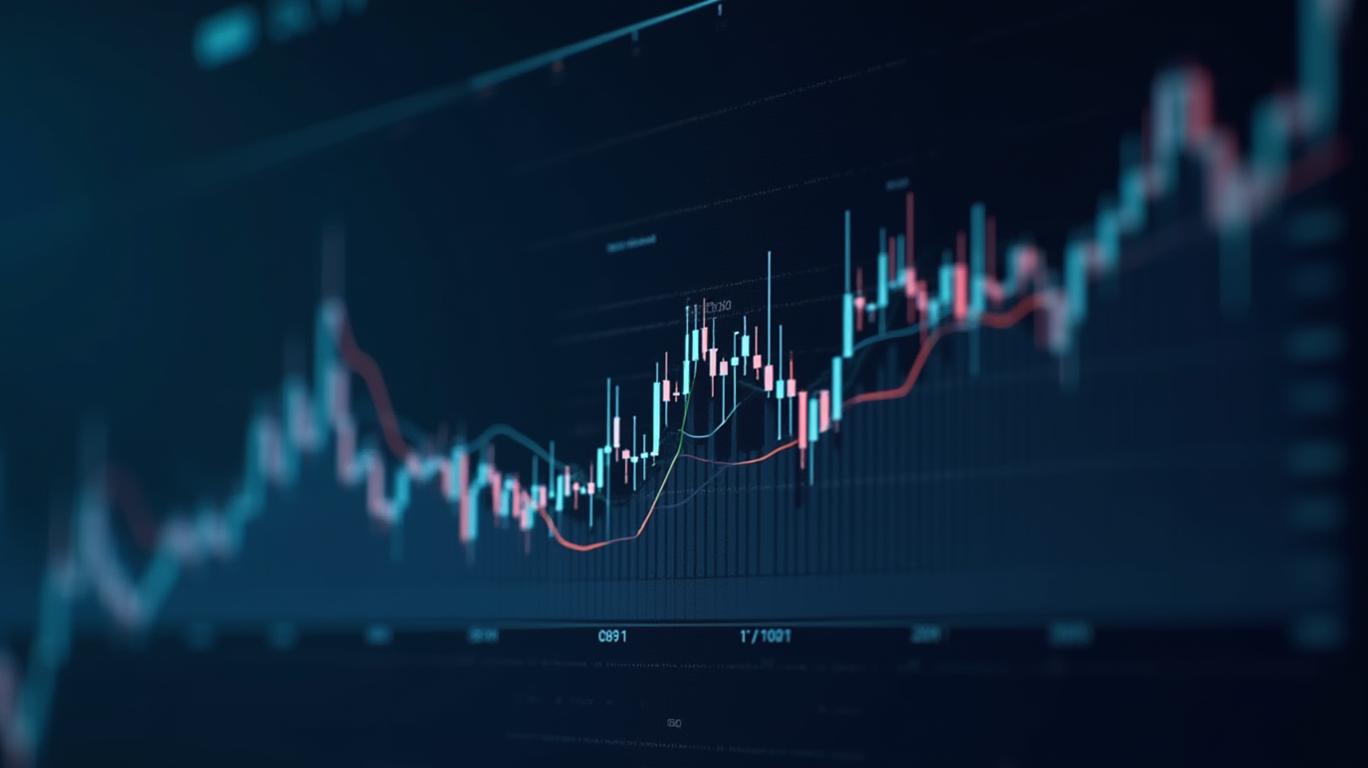Hong Kong Dollar's Tightrope Walk: Navigating the Strong End of the Trading Band
The Hong Kong Dollar (HKD) has once again come under scrutiny as it tested the upper limit of its trading band—7.75 per U.S. dollar—for a second consecutive day in early May 2025. This marks the first such sustained pressure since late 2020, prompting the Hong Kong Monetary Authority (HKMA) to intervene aggressively to defend its peg. The episode underscores the delicate balance between capital flows, interest rate dynamics, and geopolitical risks in one of Asia’s most critical financial hubs.
Ask Aime: "Is the Hong Kong Dollar about to stabilize? Join the chat to see how AIME predicts market trends!"

The Mechanics of the HKD’s Peg and Recent Interventions
Hong Kong’s linked exchange rate system, in place since 1983, fixes the hkd within a narrow band of 7.75 to 7.85 against the U.S. dollar. The HKMA maintains this band by buying or selling currency as needed. On May 4, 2025, the HKD touched 7.75 for the first time in over five years, prompting the HKMA to execute a record intervention of HK$46.5 billion (US$6 billion) to sell HKD and buy USD. This move aimed to counter capital inflows that had driven the currency’s appreciation.
The following day, the HKD remained near the upper band, reflecting persistent demand. Analysts attribute this to three key factors:
1. Interest Rate Differentials: Hong Kong’s interbank lending rates (HIBOR) have outpaced U.S. rates, attracting carry traders who borrow in low-yielding currencies (e.g., the Japanese yen) and invest in HKD-denominated assets.
2. Equity Market Inflows: Strong demand for Hong Kong’s equities, particularly from regional investors, has fueled HKD purchases.
3. Geopolitical Safe-Haven Status: Hong Kong’s position as a stable financial center amid global tensions has drawn risk-averse capital.
Implications for Markets and Investors
The HKMA’s interventions have ripple effects across Hong Kong’s economy and financial markets:
- Real Estate Sector: Developers such as New World Development and Sun Hung Kai Properties face rising borrowing costs as HIBOR-driven loan rates squeeze profit margins. A 1% increase in HIBOR can reduce a property developer’s net income by 2-3%, according to JPMorgan estimates.
- Banks: Institutions like HSBC and Standard Chartered benefit from wider net interest margins as lending rates outpace deposit costs.
- Carry Traders: Investors exploiting HKD’s high yields now face heightened risks. A reversal in capital flows or a Fed rate cut could weaken the HKD, eroding returns.
Ask Aime: "Is the Hong Kong Dollar approaching a tipping point?"
Meanwhile, China’s foreign exchange policies add another layer of complexity. Beijing’s reduction of U.S. Treasury holdings—down 27% since 2022—reflects a shift toward diversifying reserves into agency bonds and regional assets. This indirectly supports HKD stability by reducing dollar-denominated risks but also highlights broader geopolitical tensions.
Looking Ahead: Risks and Opportunities
The HKMA’s interventions in early May 2025 highlight two critical uncertainties:
1. Federal Reserve Policy: If the Fed lowers rates further, capital inflows into Hong Kong could surge, testing the HKD’s upper band repeatedly.
2. Regional Volatility: Geopolitical risks, such as cross-strait tensions or U.S.-China trade dynamics, could amplify safe-haven demand for the HKD.
Investors should monitor the following metrics closely:
- HKD/USD Exchange Rate: A sustained breach of 7.75 could force another HKMA intervention.
- HIBOR vs. U.S. Rates: A narrowing spread may reduce carry-trade incentives.
- Hong Kong Equity Markets: The Hang Seng Index’s performance (HSI) often correlates with HKD demand.
Conclusion: A Delicate Equilibrium
The Hong Kong Dollar’s recent tests of its upper trading band underscore the interplay of global capital flows, interest rates, and geopolitical risks. While the HKMA’s interventions have stabilized the currency so far, persistent demand pressures and evolving Fed policy pose challenges.
Key data points reinforce this analysis:
- The May 4 intervention of HK$46.5 billion was the largest since 2020, reflecting heightened market volatility.
- HIBOR rates have averaged 2.8% in 2025, nearly double the Fed’s projected rate, sustaining carry-trade inflows.
- Hong Kong’s equity markets (HSI) have risen 12% year-to-date, attracting capital that fuels HKD appreciation.
For investors, the HKD’s peg offers both opportunity and risk. While the currency’s stability is underpinned by the HKMA’s credibility, structural shifts—such as China’s reserve diversification and Fed policy—could redefine the landscape. Prudent investors will balance exposure to Hong Kong’s financial institutions and real estate sectors while hedging against potential HKD volatility. In this tightrope walk, vigilance remains the cornerstone of success.

_b905d9341749265671656.jpg)








